Are you feeling contractions? If so, it’s important to know where they feel strongest. Contractions are the body’s way of telling you that labor is beginning. typically, they will start in the lower back and move to the front of the abdomen. If you’re not sure whether you’re experiencing contractions or just normal aches and pains, ask your doctor. He or she can help you determine whether or not labor is starting. Knowing where the contractions are strongest can help you prepare for what’s to come.

But first, how do I know all of this? Hi — I’m Hilary — The Pregnancy Nurse 👩⚕️. I have been a nurse since 1997 and I have 20 years of OB nursing experience, I am also the curly head behind Pulling Curls and The Online Prenatal Class for Couples. 🩺 I have helped tens of thousands of women through contractions, and I know what most women feel when they’re having them. Plus, I’ve had 3 babies of my own, so I’m a bit of an expert on this one.
What are contractions and what do they feel like
Contractions are rhythmic, muscular contractions in the uterus that occur during labor and delivery.
They can be described as a dull ache or feeling of pressure starting from your lower back and radiating to the front of the abdomen. The intensity of each contraction will increase in both frequency (time between contractions) and duration (length of each contraction) throughout labor and delivery.
You may also experience some cramping during contractions, as the uterus tightens in order to help push your baby out. For many women, the best way to describe contractions is that they feel like a strong menstrual cramp (or even stomach cramps that you’d have with food poisoning) but with increasing intensity over time.
BTW, contractions are not the ONLY thing you should be watching for. Come join me in Labor Made Easy to understand ALL the signs of labor better!
Where do you feel contractions
This actually varies a lot by how your baby is positioned. Most babies start early labor looking “up” as you lay on your back — but then turn to face down as labor progresses. However, this isn’t always the case — so just because a friend had back labor, doesn’t mean you will.
Personally, I never had back labor… or didn’t notice it like others do. So everyone’s different (which makes it so hard).
Contractions typically start in the lower back, and then move to the front of your abdomen.
The exact placement may vary depending on the individual, and it will also vary during labor.
During labor, most people feel the pain shift from their back to the belly.
And, if they only felt them in specific parts of their belly in early labor, as labor progresses they tend to feel them radiating throughout their abdomen (and often to their back as well).
It is important to sit every now and then and ask yourself where you’re feeling them. As the pain changes and progresses, it’s a good sign that things are happening.
Of course things could also stop at any point in early labor — so don’t make too many plans.
How do you know when you’re having a contraction
Most often it’s pain.
While a lot of people worry they will have contractions without feeling it (like I share in my post on contractions on the monitor but you’re not feeling them post), in my 20 years of experience the vast majority — once labor is REALLY started are VERY aware of it.
Some women will feel a “tightening” of their uterus, but often this isn’t enough to really make your cervix open (I talk more about that in my 1 cm dilated post). But, if you have ANY questions please DO contact your doctor or midwife.
Most often, contractions that are really going to make your cervix open (especially if you’re past 36 weeks or so) are painful. But, you may be feeling a LOT of pain as you’re past 36 weeks — so….
How do you tell if your pain is a contraction?
For me, it’s that contractions come and go. They aren’t a steady pain that lasts for several minutes.
For the most part people describe the pain as cramping, it’s generally not sharp. Ligament pain is most often described as sharp and lasts for a few minutes and then goes away.
Also, your uterus should get hard during a contraction. I have a whole post on if your belly feels hard. But when you’re wondering, I tell people to lay down on their side with their knees up a bit, and then feel if your uterus still feels hard. Often your belly will feel hard when you’re standing, but will relax a bit once you’re laying or seated.
Also, don’t push directly on the TOP of the uterus, go down a little bit — that’s what’s worked for me.
That being said — palpating contractions is something it takes providers a while to figure out. So, you may not be sure what you’re feeling — and that’s fine too. That’s why you have a doctor or midwife to answer those questions!
How do you know if it’s a “true labor” contraction?
True labor contractions are ones that push the baby’s head through the cervix into the birth canal.
The main way to know that is to have a cervical exam, and then one an hour later and see if your cervix has changed.
The other thing to watch for is other symptoms of labor. Things like changes in discharge, losing your mucus plug, feeling nauseated can all be signs that maybe this is the real thing. And yes, we talk about all those signs in here.
But in reality, you never really know if it was true labor until you’re into active labor and you know your body is ready to have this baby.
At any point before active labor can stop and the contractions can go away.
How to time contractions
Calculating how far apart the contractions are is an important metric in early labor.
The best way to tell is by timing how long each contraction lasts. You’ll count from the beginning of one contraction until the beginning of the next one.
Contractions usually start out lasting about 30-45 seconds and will gradually increase in frequency and intensity as labor progresses. You may also notice that your contractions become more regular, meaning they occur at the same interval each time. I go over all of the frequency and intensity information in Labor Made Easy — come join me!
This is a good indication that labor has begun. Talk to your doctor or midwife if you think you are having contractions, and they can help you determine whether or not it’s time to go to the hospital.
When to go to the hospital or call your provider
It’s important to know when it’s time to go to the hospital or call your provider.
And once again this REALLY varies. So, once you hit the third trimester, you’ll want to have this talk wtih your provider so they can include both your unique circumstances, as well as any circumstances surrounding your birth place — like traffic, parking, etc. And yes, I recommend this to write down all those things you need to talk to your doctor about before you forget them at your appointment.
Generally speaking, if you are having regular contractions that are between five and seven minutes apart and lasting for about one minute each, this may be a good indication that labor is beginning. This, however, doesn’t mean that it can’t stop.
It is also important to pay attention to any other signs that labor may be beginning, such as changes in your baby’s activity levels, vaginal discharge, or breaking of your water. If you notice any of these signs, it is always best to call your doctor or midwife right away, regardless of whether or not you are having regular contractions.
No matter what stage of labor and delivery you are in, it’s important to stay informed and know the signs to look for. By understanding the differences between contractions, how to time them correctly, along with the other signs of labor, and when is the best time to go to the hospital or call your provider, you will be able to have a successful labor and delivery experience.
Remember, in “real” labor you tend to see other signs than JUST contractions — I call them the “Labor Gang” and I introduce them all right here.
What to do during a contraction
Once you are in labor, there are certain things you can do to help make the labor process as comfortable and safe as possible. If a contraction is starting, it’s important to focus on your breathing (rather than tensing up your body). Taking deep cleansing breaths can help relax both your body and mind during contractions, allowing them to pass more quickly.
While it can feel natural to curl up in a ball with the pains coming frequently, it is important that you change positions frequently during labor. I think this is a GREAT job for partners do to (to remind and help you to change positions). The Online Prenatal Class for Couples talks about LOTS of ways your partner can support you.
If you prefer a quickie class on labor I also talk about the other things you can do during early labor in Labor Made Easy. I even have a PRO tip that gets stuff done and can help baby move further into the birth canal (and no, it’s not anything to do with sex).
Different ways to cope with labor pains
In addition to breathing and positioning, there are other methods you can use to cope with labor pains.
Saying positive affirmations can help reduce your anxiety, as can some gentle massage from your partner.
I have a whole bonus video in The Online Prenatal Class for Couples that talks about natural pain mangement strategies that you can use both at home and in the hospital
What to expect after giving birth
Most often the contractions stop after baby is born. At least for a few minutes. You will still have a few more contractions as your body gets the placenta out of your uterus.
After that, it is normal to have some cramping as your uterus collapses on itself to prevent bleeding, but most often people feel MUCH more comfortable in their uterus.
If you want to know MORE about what happens after birth, plus what happens DURING birth and after baby is out, do yourself a huge favor and join me in The Online Prenatal Class for Couples. Not only do we talk all about the signs of labor, but we guarantee to prepare you from bump (3rd trimester testing) through bassinet (those first few months after baby).
And, if you’re not quite sure you’re ready for that whole thing, check out my free prenatal class. It’s your first step toward getting in the driver’s seat of your birth.
Don’t miss my super helpful post all about the signs of labor. Great info for pregnancy!


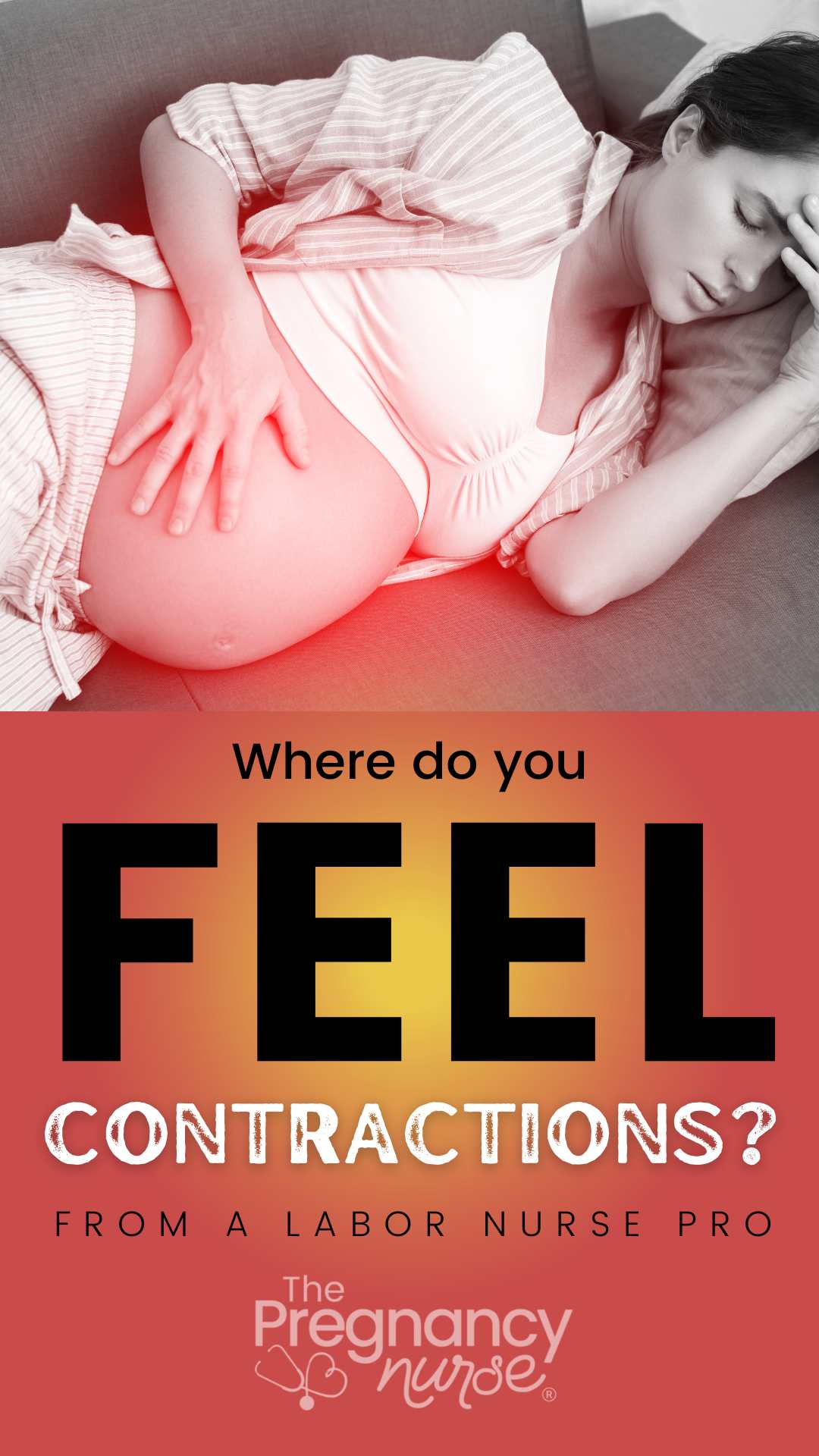
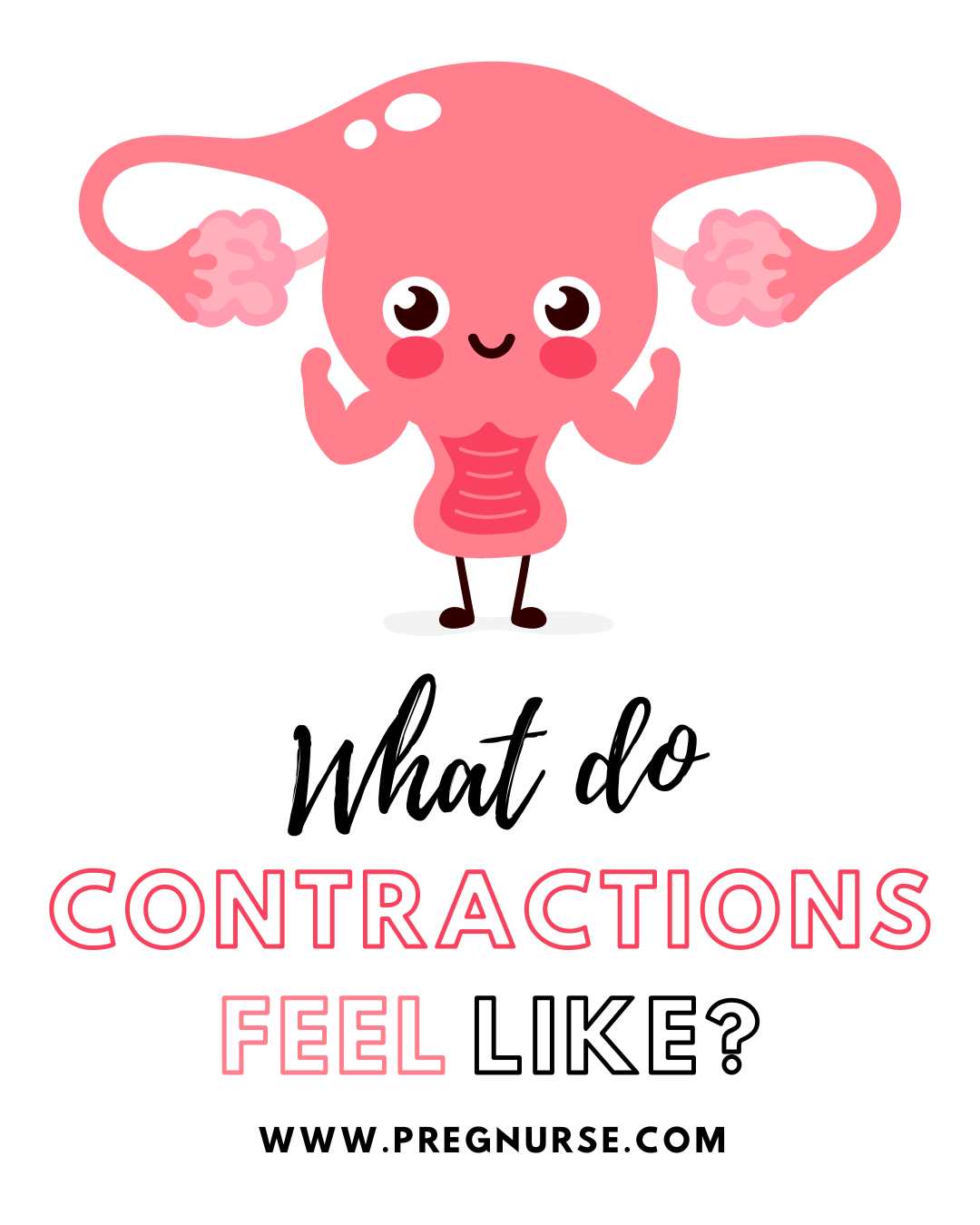
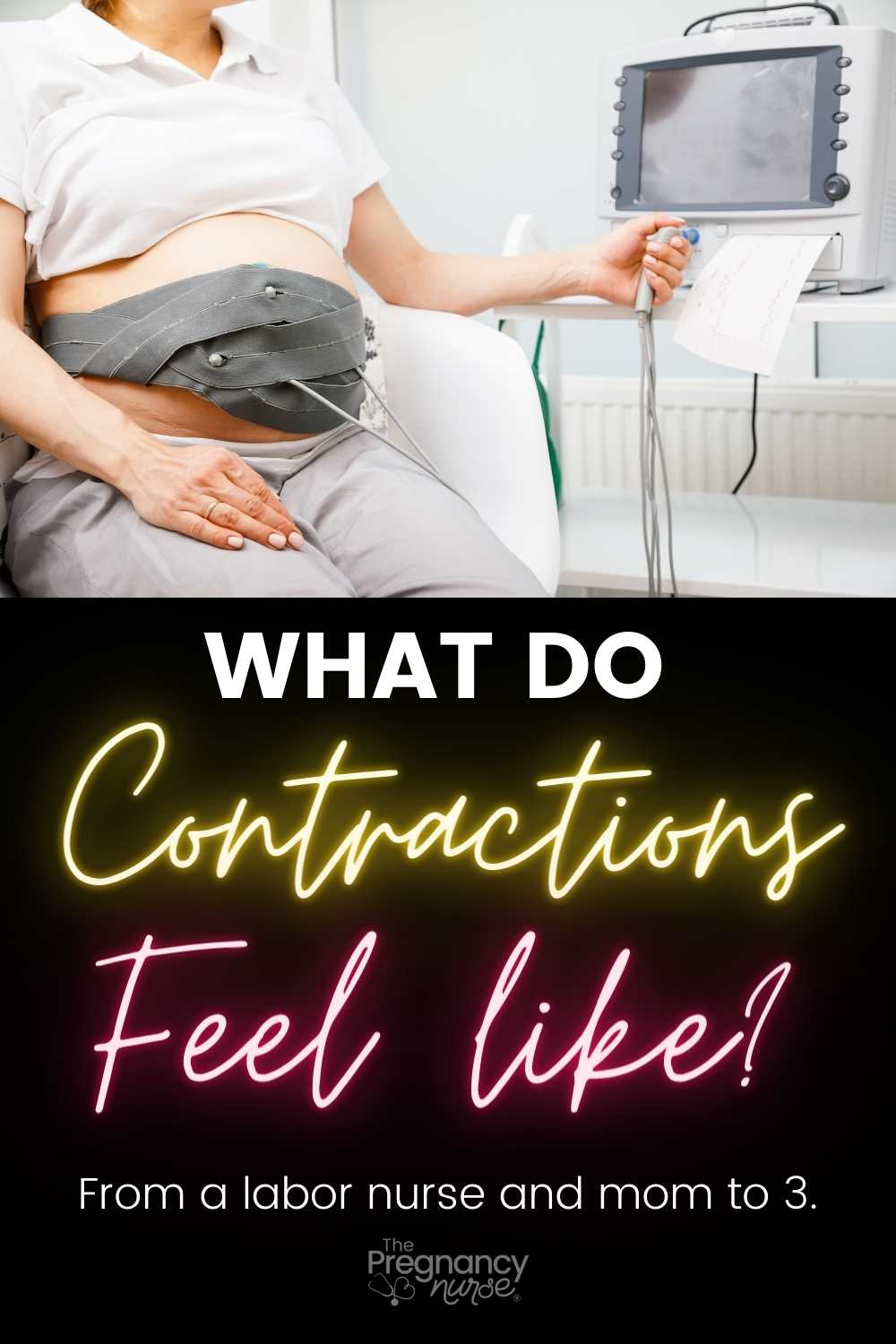

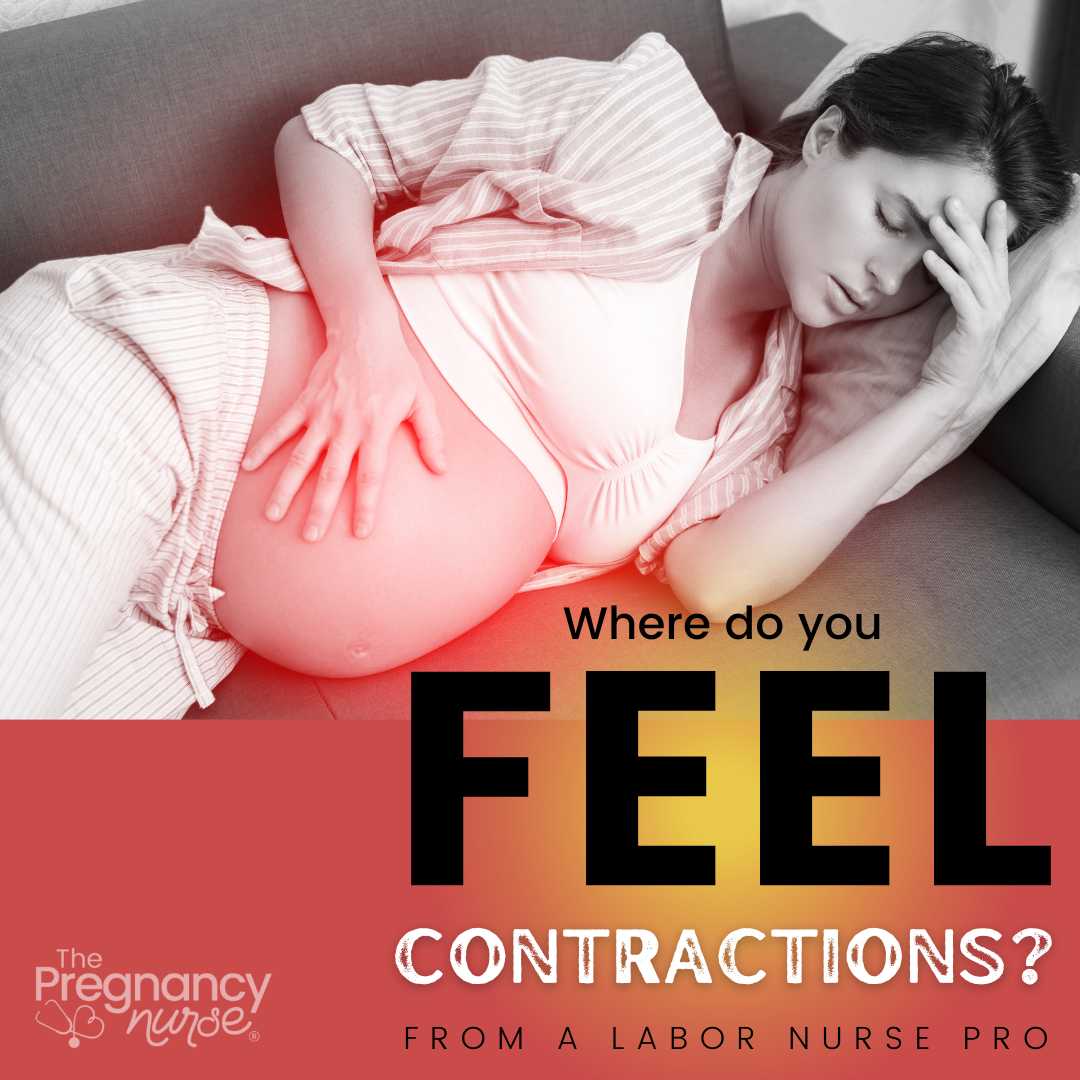

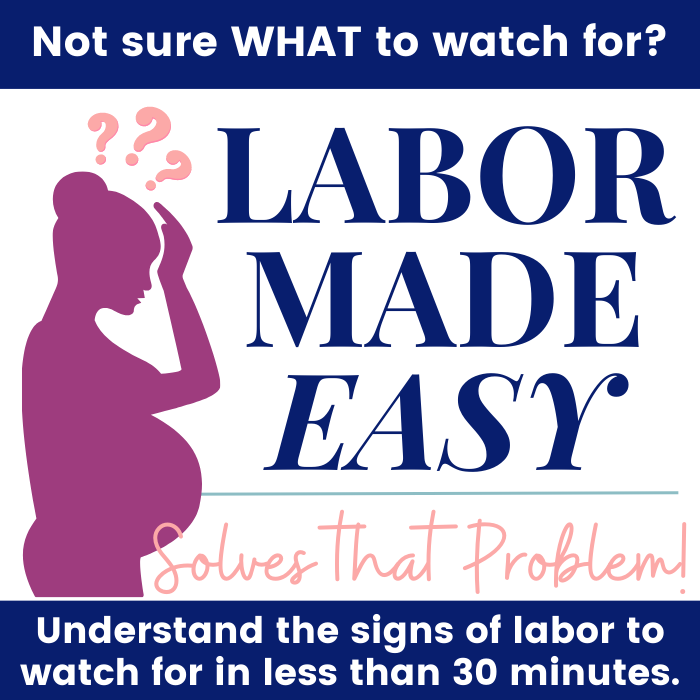

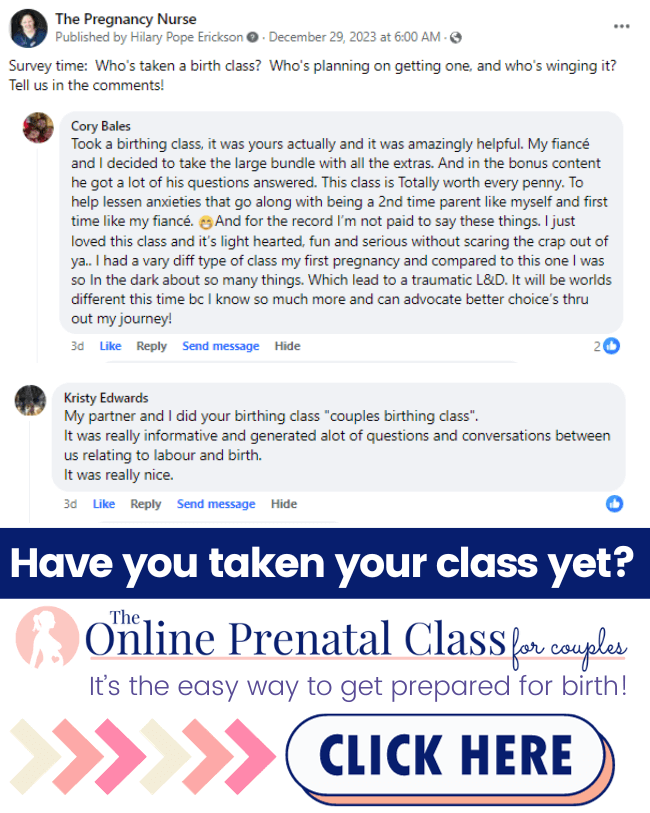

 36 weeks Pregnant – Cervix is 1 cm dilated: When will labor start?
36 weeks Pregnant – Cervix is 1 cm dilated: When will labor start?
